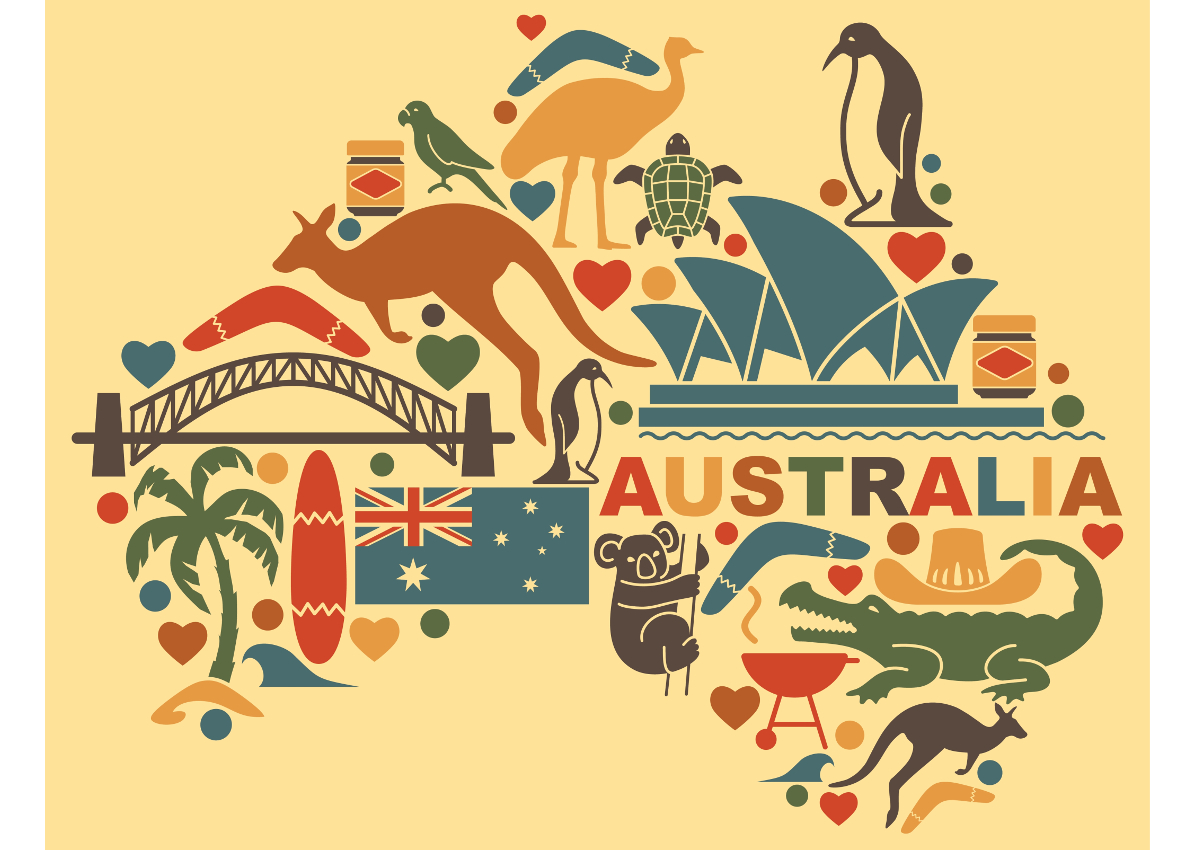
Traditional Italian food brands are going from strength to strength in Australia. Some product categories saw strong sales increases last year thanks to the consumers’ increasing tendency to buy Italian brands, even if that entails spending a little more. The shares of Italian companies on the total category are still modest, yet there is much potential for growth. By studying 10 categories of the food sector, Nielsen Homescan found that sales (in US dollars, USD) of Italian branded products have increased by +7.4% in August 2017 compared to the previous year, exceeding the growth of the categories in general (+1.4%) and the total expenditure for food including fresh food (+ 2.5%). Over the last 12 months, 5.7 million Australian families (62.3% of the population) have purchased traditional Italian products, thus constituting an increase of 149,000 households compared to the previous year, which equals an average expenditure of 21.37 US dollars per year for these products (+4.7%).
The most wanted Italian products
When drilling down on the details of the 10 analyzed categories, the most “toothsome” products for Aussie palates are dry pasta, bottled sauces, and canned tomatoes. The margins that can be achieved by Italian brands, however, are not limited to the products that are most linked to our tradition. Companies producing and/or trading cheese, vinegar, biscuits, water, olive oil, and coffee could possibly intercede in this virgin market. Supposing the number of households buying Italian brands in the food sector increased by +1% next year, a profit opportunity of 1.98 million US dollars would be generated.
The best strategies
According to Nielsen Australia, the development of brand awareness strategies of traditional Italian food is the key to attracting families that currently do not buy Italian products. It would be particularly profitable to attract low-income households, perhaps by leveraging the health factor, and non-native families, focusing on the “glocality” of Italian products which are Italian but also universally known. In a market like the Australian one, it would be possible to experiment brand awareness campaigns transversally to the distribution format.
